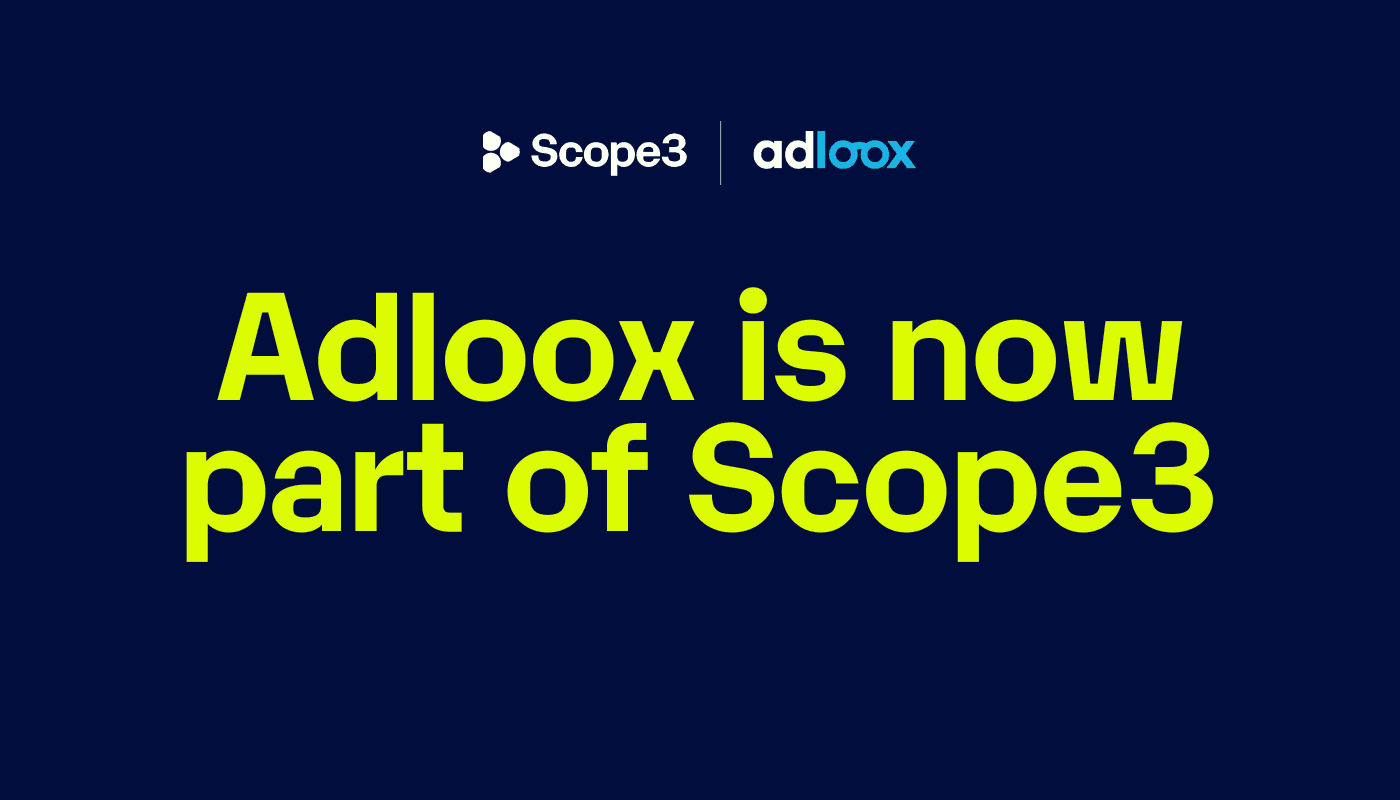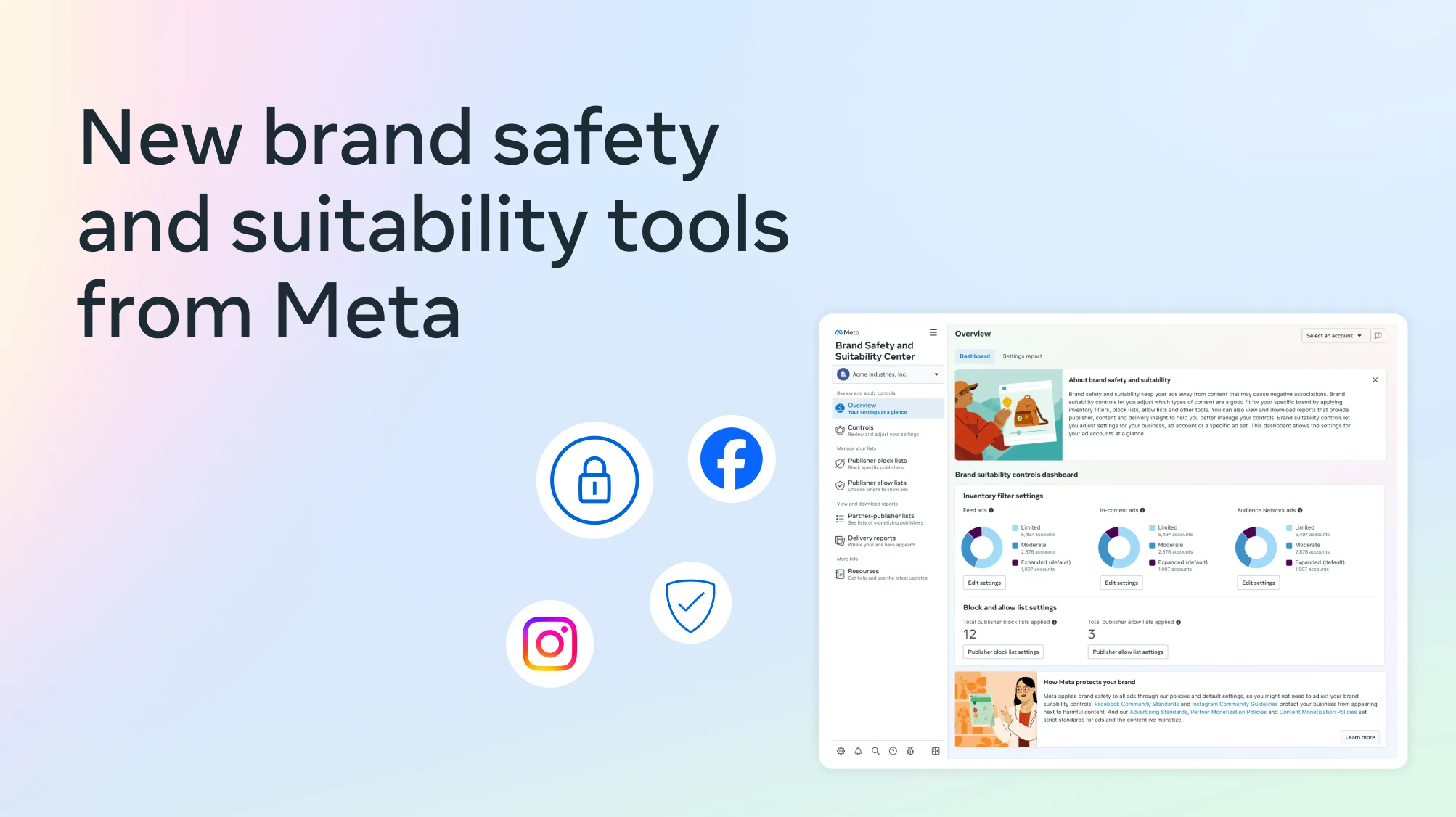Customers
Mar 1, 2023
Margarita Zlatkova, Head of Programmatic at Weborama - The Data Intelligence Platform, since 2018, pioneer in semantic artificial intelligence in France and Europe, supporting the ad ops of many publishers and advertisers. With 18 years of experience in digital advertising, with a stint at Infectious Media and a member of the IAB since 2021, she's in a good position to talk to tell us more about her industry views, Weborama’s strategy and the use of Adloox for ad-verification & measurement.
Weborama is a trailblazer in AdTech and semantic IA. Can you start by telling us a bit more about the company ?
Weborama offers advanced consumer insight solutions based on a unique, highly accurate and scalable semantic analysis technology to enable companies to generate growth while streamlining their marketing costs. Built on Semantic AI, Weborama offers a combination of technology, data and expertise. Thanks to our highly volumetric database, crossed with data insights & intelligence and customer knowledge, our company is a leader for media activation, by offering advertisers ultra qualified programmatic audiences.
Programmatic is a core business for the company, with ever larger ambitions. In this continually evolving industry, we’re focused on satisfying our customers' key expectations. To be more specific, we’re currently reinforcing our proprietary technologies around semantic IA to better match with our cookieless targeting policy.
As for all MarTech services providers, our scrutiny regarding media diffusion quality is put to the highest standards. Fighting Ad Fraud, assuring optimal brand safety and inventories quality is key to live up to advertisers expectations.
As Head of Programmatic, can you tell us about your current main objectives and the challenges you meet?
Clearly, the main topic right now is cookieless measurement. We have been working for some time now on the development of new targeting solutions, an effort that we continue today, to be the most advanced on the market when cookies are finally abandoned in 2024, in particular on contextual, with universal IDs, new tests with the Privacy Sandbox, etc. But measurement is really suffering from this new cookieless dimension: 50% of conversions are invisible due to a lack of consent or cookies, while at the same time, we are seeing consent rates drop by 50 to 60%!
Will Google Privacy Sandbox succeed in helping the industry move into the cookie-free era? Whether it is the case or not, the users impose it. We’re going to work a lot on this, with existing models, such as incremental measurement, marketing mix modeling (possible thanks to data clean room), but also the measurement of advertising attention. Anything that can give more efficiency for media budgets in this new paradigm.
What vision do you and your team have of the programmatic industry and the way you collaborate with your customers?
In addition to attention, one of the other big industry topics right now is carbon measurement. At Weborama, we are pioneers, having always had this approach, for 5 years now! We impose a creative weight below market averages to avoid overloading. Campaign KPIs must match campaign objectives. Insisting on the fact that a branding campaign is not intended to generate conversion helps to prevent the expenditure of unnecessary resources.
We have also always worked on data and we analyze advertiser targets beforehand, with effective bidding and useful budget expenditure, by combating overspending. Since 2022, and in 2023, we have been working with independent organizations that help us measure carbon emissions and give us ways to go further. We work with Open RTB, which reduces the number of intermediaries between us and the publishers, thus reducing emissions. Clearly, this subject is at the heart of our concerns. We even helped write the IAB's guide to responsible advertising.
Reconciling performance, better results, without third-party cookies, by reinventing measurement, while reconciling respect for the environment, all of this is clearly in our DNA.
Attention measurement is the new marketers grail. Do you share this opinion and are you expecting major milestones for this key indicator in 2023?
Everyone has their own way of defining and measuring attention, and each service provider has their own way of defining it. At Weborama, we favor the retrieval of browser information. Eye tracking (IRL web usage or 'in lab') brings an additional dimension. Page size, ad size, placement on the page: new indicators have made it possible to create new types of creative and formats, while taking better account of the context, which has a huge influence on attention.
However, existing solutions are not without flaws. Although very suitable for branding campaigns, it is difficult to estimate the added value on performance campaigns. That being said, with deeper technologies, we see higher conversion rates on spaces with higher attention scores. We are therefore gradually including attention measurement in our bidding algorithms, to focus on medium & high attention, and find the best acquisition cost. As I said, the format and type of creative have a huge influence on attention. In addition, the in-app captures much more attention than the mobile web, thanks to enriched and adapted formats, allowing much more interactivity (for example, enriched videos).
Our only downside: native advertising, especially native in-feed, are very little measured in terms of attention, and this is a real need on our side.
You use Adloox for ad-verification on a daily basis, can you tell us about your experience with the suite?
Adloox is integrated into 100% of our campaigns for fraud prevention, measurement and verification. What we appreciate the most, among other things, is the accuracy of the data reported and having precise referrers and URLs, which avoids having to blacklist a complete site just because of a few pages. For example, some magazines might talk about subjects considered “sensitive” (sex, couple problems, drugs) and yet the whole site remains very qualitative. It would be extremely harmful for advertisers to have to deprive themselves of these platforms to avoid a minority of content.
Generally speaking, Adloox offers unique granularity, with statistical detail and a very high level of precision for our trading teams. This is particularly the case in terms of bots and IVT, which are particularly important metrics for us. The suite offers plenty of custom filters, with a strong dedication to media quality. Fraud detection depth is key, and the Adloox tool performs extremely well for this.
The last huge advantage of Adloox compared to other ad-verification services is transparency. They help us understand what their algorithms do and how measurement works. Adloox is really at the top level on this point. At Weborama, data is in our DNA so it affects the choice of our partners: we want a partner relationship and not a customer-service provider relation. Advice and support are extremely important to us, and Adloox has proven to be perfectly up to our expectations.




